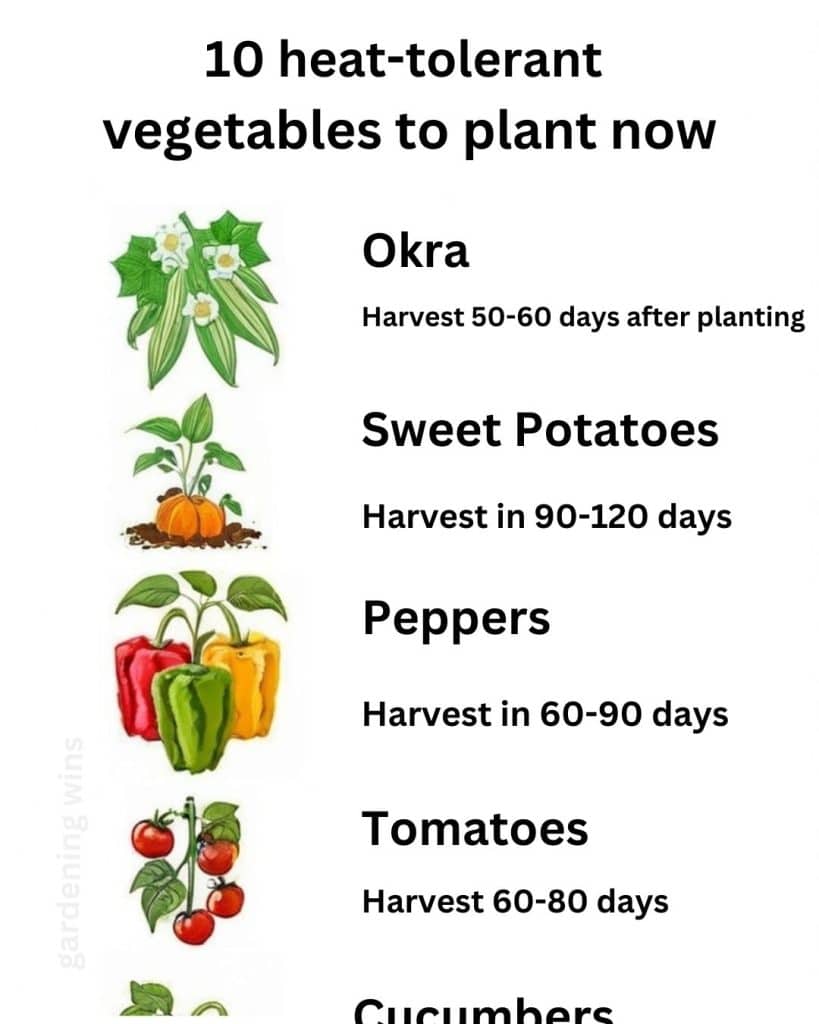
Are scorching summers stressing out your garden? No worries! I’ve discovered that certain heat-loving vegetables not only survive, but truly thrive, during those intense, sun-scorching days.
Below, you’ll find ten superstar veggies that love hot weather, plus handy tables on when to start them and how soon you can harvest. Let’s get planting!
1. Okra
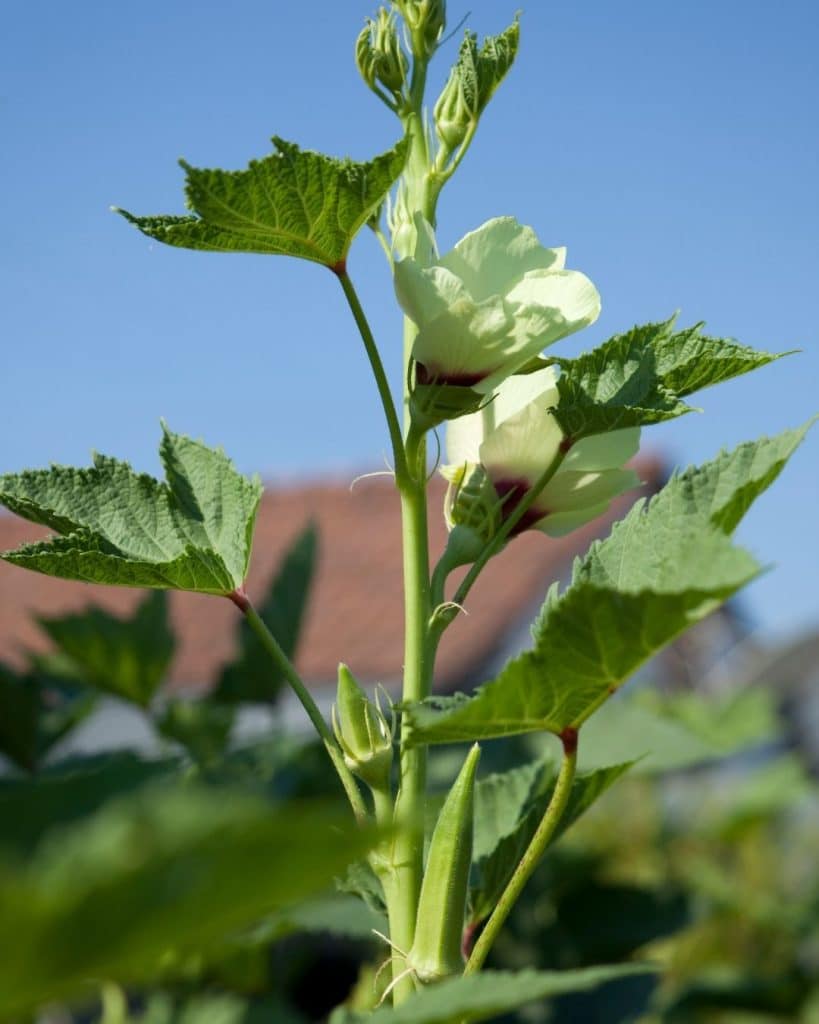
Okra has always been one of my go-to choices when the forecast calls for sizzling temperatures. This tall, elegant plant thrives in full sun and warm soil, producing slender pods perfect for frying, soups, and stews.
Varieties like Clemson Spineless or Burgundy can reach impressive heights, and once the heat settles in, they won’t skip a beat. I especially love that even if you don’t harvest every pod, the ornamental flowers and towering stalks add visual interest to any garden.
If you live in a cooler zone, start seeds indoors to give them a head start. With okra, the hotter it gets, the more excited it becomes to produce, so don’t hold back!
Grab some okra seeds and try your hand at this classic Southern staple.
Okra Planting and Harvest Table
| Zone | Start Indoors (Colder Zones) | Direct Sow/Transplant | Harvest Window |
|---|---|---|---|
| 3-4 | 6-8 weeks before last frost date | 2-3 weeks after last frost | 60-70 days after germination |
| 5-6 | 4-6 weeks before last frost date | 1-2 weeks after last frost | 55-65 days after germination |
| 7-8 | 2-3 weeks before last frost date | Immediately after last frost | 50-60 days after germination |
| 9-10 | Not necessary unless you want an earlier start | Early spring or anytime soil is warm | 50-60 days after germination |
2. Eggplant
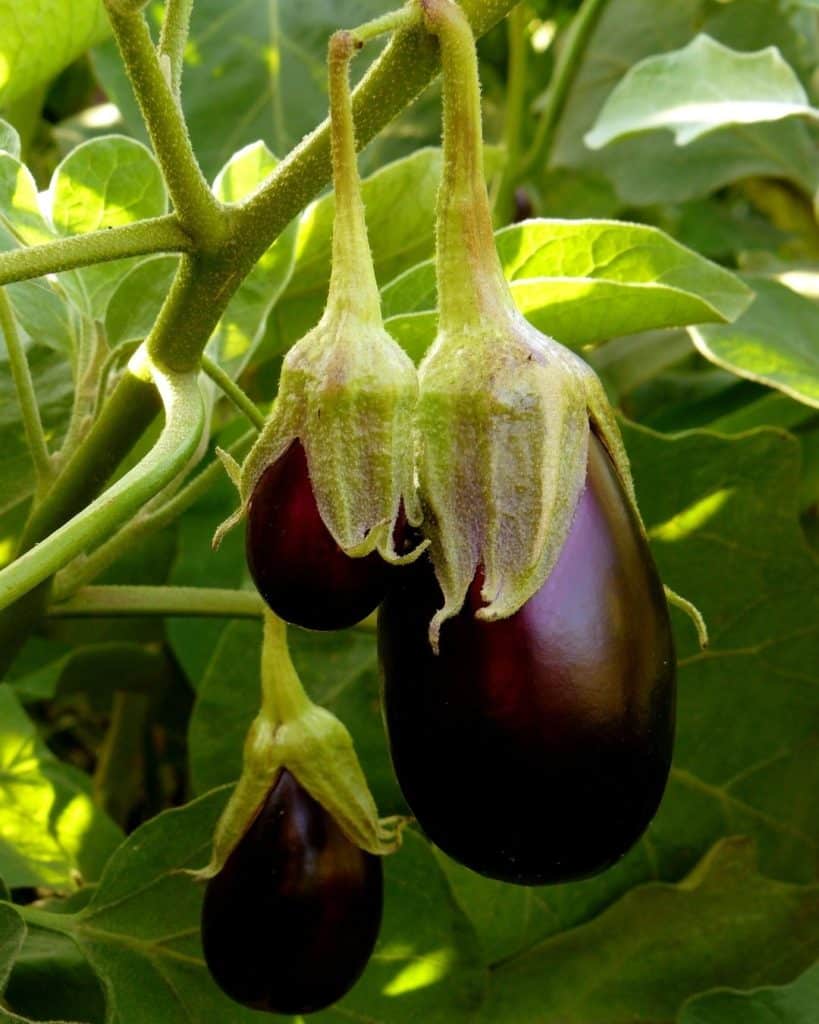
Eggplant is a Mediterranean native, which means it’s no stranger to scorching sunshine and balmy evenings. I’ve grown eggplants in containers and raised beds, and either way, they seem to love the lingering heat.
Varieties like Black Beauty or Ichiban are top choices for home gardeners. If you want small, tender fruits perfect for grilling, consider the Fairy Tale variety, which yields mini, striped purple eggplants.
In cooler climates, definitely start them indoors. Once nighttime temperatures settle above 50°F, they’re ready to transition outdoors to your sunniest spot.
Give these eggplant seeds a go and enjoy a bounty of delicious fruits all summer long.
Eggplant Planting and Harvest Table
| Zone | Start Indoors (Colder Zones) | Direct Sow/Transplant | Harvest Window |
|---|---|---|---|
| 3-4 | 8-10 weeks before last frost | 2-3 weeks after last frost | 70-80 days from transplant |
| 5-6 | 6-8 weeks before last frost | 1-2 weeks after last frost | 65-75 days from transplant |
| 7-8 | 4-6 weeks before last frost | After last frost | 60-70 days from transplant |
| 9-10 | Optionally start indoors for earlier harvest | Anytime temperatures are above 50°F at night | 60-70 days from transplant |
3. Sweet Peppers
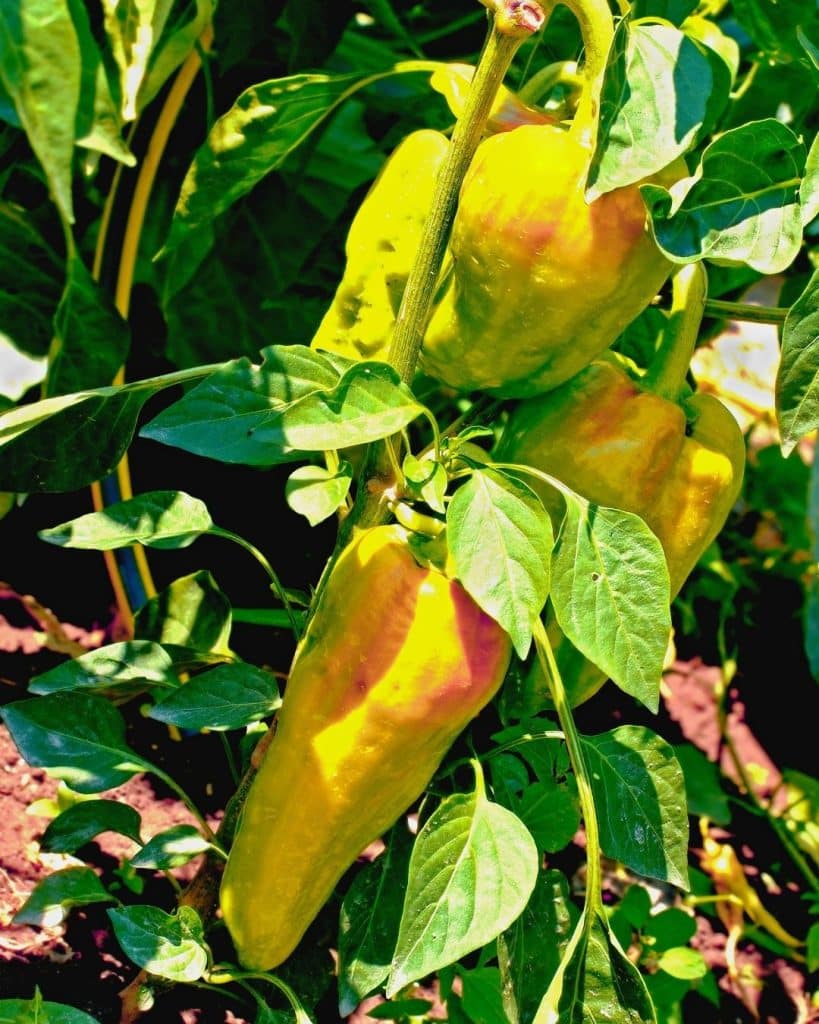
If your goal is to add color and crunch to fresh salads all season, look no further than sweet peppers. They’re heat lovers that relish long days of sunshine, ripening from green to their full color—whether that’s red, orange, yellow, or even purple.
Varieties like California Wonder are tried-and-true classics, while mini-bell pepper varieties can be perfect for containers or smaller garden spaces. My personal favorite is the sweet Banana Pepper, which can be harvested yellow or left to mature into a deeper red color.
Starting seeds indoors is key in colder climates. Peppers like consistent warmth, so keep them cozy until you can transplant them outside into rich, well-draining soil.
Order some bell pepper seeds today and embrace summer’s sweet side.
Sweet Pepper Planting and Harvest Table
| Zone | Start Indoors (Colder Zones) | Direct Sow/Transplant | Harvest Window |
|---|---|---|---|
| 3-4 | 8-10 weeks before last frost | 2-3 weeks after last frost | 60-80 days from transplant |
| 5-6 | 6-8 weeks before last frost | 2 weeks after last frost | 60-70 days from transplant |
| 7-8 | 4-6 weeks before last frost | After last frost | 55-65 days from transplant |
| 9-10 | Optional for earlier start | Anytime soil is warm and settled | 55-65 days from transplant |
4. Hot Peppers
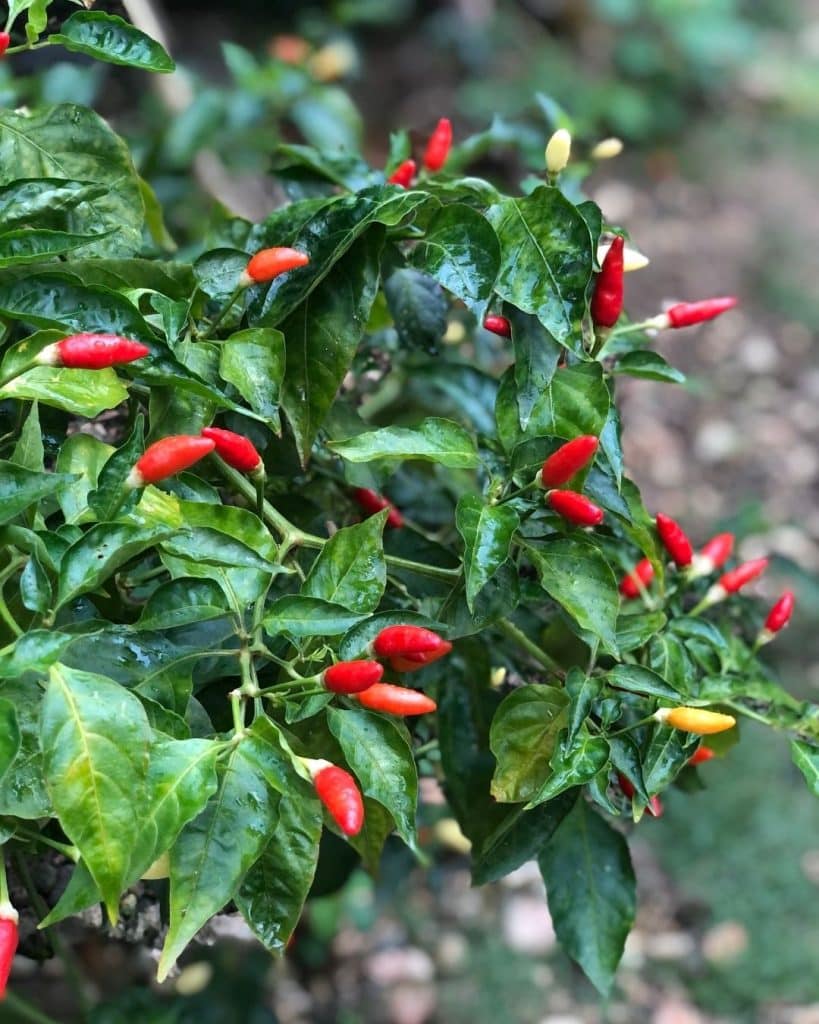
For those who crave a kick, hot peppers like Jalapeño, Cayenne, or Habanero can’t be beat. They soak up the sun and produce an abundance of fiery fruits for spicy salsas, pickles, and hot sauces.
Some extra-hot varieties like Carolina Reaper or Ghost Pepper might be more challenging, but they’ll still thrive in warm temperatures if you’re seeking the ultimate heat. I’ve found that hot peppers love consistent moisture but don’t appreciate soggy soil, so be sure they’re in a well-drained spot.
Starting indoors ensures you can get a jump on the season, especially in cooler zones. Once the summer sun heats up, these peppers really take off.
Spice up your garden with hot pepper seeds and bring some fiery flavors to the table.
Hot Pepper Planting and Harvest Table
| Zone | Start Indoors (Colder Zones) | Direct Sow/Transplant | Harvest Window |
|---|---|---|---|
| 3-4 | 8-10 weeks before last frost | 2-3 weeks after last frost | 60-90 days from transplant, depending on variety |
| 5-6 | 6-8 weeks before last frost | 2 weeks after last frost | 60-80 days from transplant |
| 7-8 | 4-6 weeks before last frost | After last frost | 60-75 days from transplant |
| 9-10 | Not required | When soil is consistently warm | 60-75 days from transplant |
5. Tomatoes
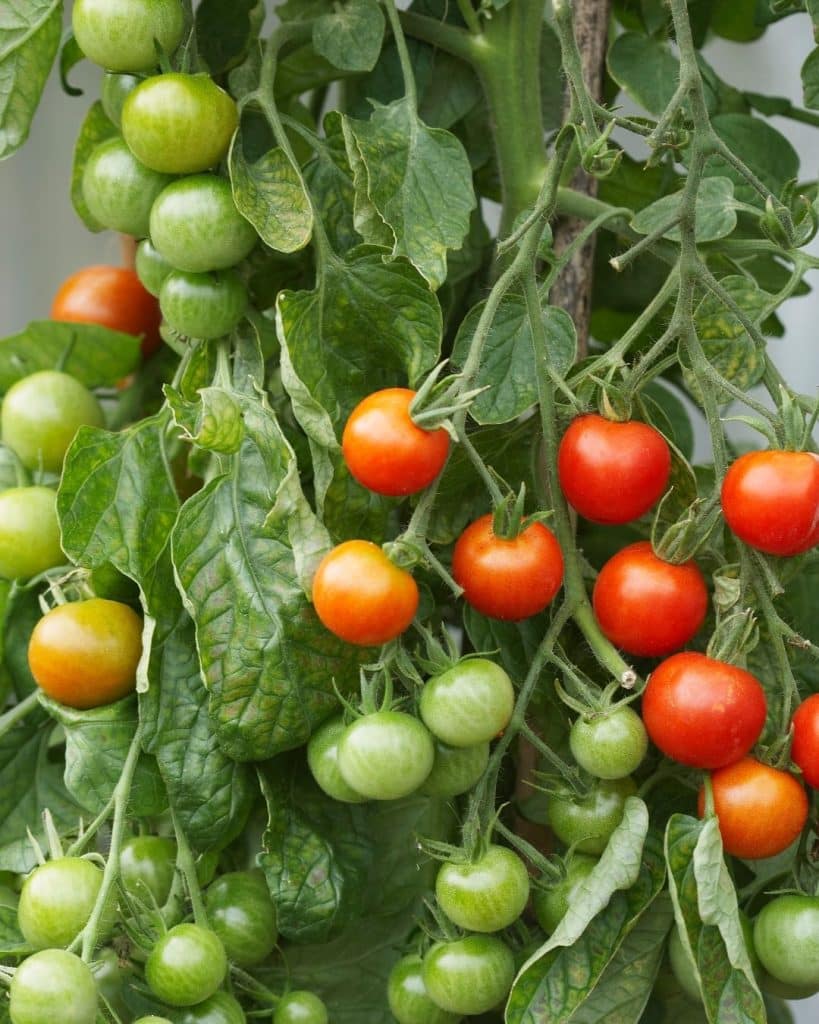
Tomatoes are the quintessential garden all-stars. And while some folks worry they’ll wilt in the heat, many varieties like Heatmaster, Solar Fire, or Floridade are bred specifically for hot climates.
For maximum success, plant them in well-amended soil and keep them consistently watered. Large beefsteaks love the sun but can sometimes crack in intense heat, so consider heat-tolerant hybrids if you’re dealing with scorching summers.
In shorter growing seasons, start seeds indoors to ensure you get that sweet, juicy harvest before cooler weather returns. Support them with cages or stakes, because they can get top-heavy once those fruits start ripening.
Try a packet of tomato seeds and watch your garden transform into a tomato wonderland.
Tomato Planting and Harvest Table
| Zone | Start Indoors (Colder Zones) | Direct Sow/Transplant | Harvest Window |
|---|---|---|---|
| 3-4 | 6-8 weeks before last frost | 2-3 weeks after last frost | 65-85 days from transplant |
| 5-6 | 4-6 weeks before last frost | 1-2 weeks after last frost | 60-80 days from transplant |
| 7-8 | 4 weeks before last frost | After last frost | 55-75 days from transplant |
| 9-10 | Optional for earlier harvest | When soil warms above 60°F | 55-75 days from transplant |
6. Cucumbers
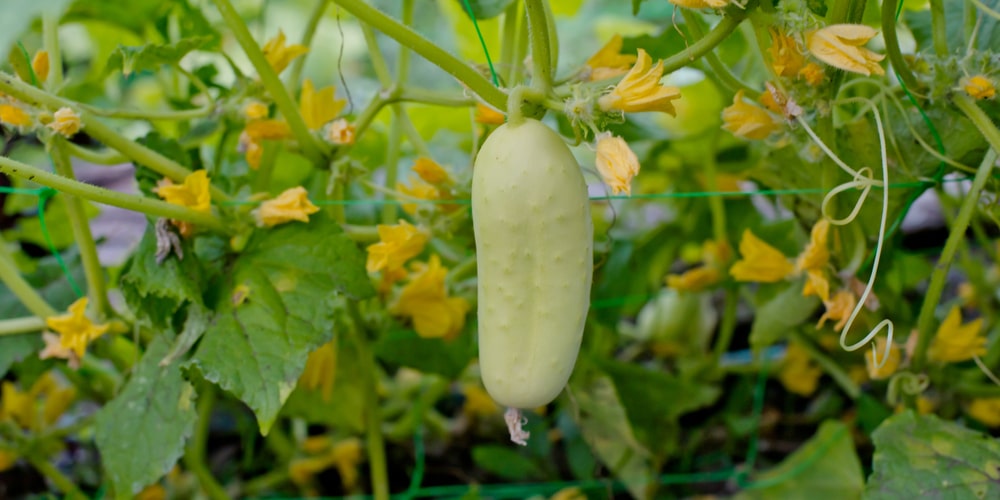
Cucumbers thrive with plenty of heat, as long as you keep them adequately watered. Nothing tastes more refreshing than a crisp cucumber slice on a hot afternoon.
Varieties like Marketmore or Straight Eight do great in traditional gardens, while compact bush varieties can flourish in container settings. I love to trellis cucumbers to save space and keep the fruits clean, plus it helps with airflow to reduce diseases.
In cooler zones, you can start them inside, but make sure not to let the seedlings get root-bound. Transplant them carefully to avoid disturbing their roots, and watch them climb toward the sunshine.
Pick up these cucumber seeds and get ready for a steady supply of crunchy goodness.
Cucumber Planting and Harvest Table
| Zone | Start Indoors (Colder Zones) | Direct Sow/Transplant | Harvest Window |
|---|---|---|---|
| 3-4 | 3-4 weeks before last frost | 2 weeks after last frost | 50-70 days from sowing |
| 5-6 | 2-3 weeks before last frost | After last frost | 50-60 days from sowing |
| 7-8 | Optional, or direct sow after soil warms | After last frost | 50-60 days from sowing |
| 9-10 | Usually not required | Anytime soil is above 60°F | 50-60 days from sowing |
7. Summer Squash
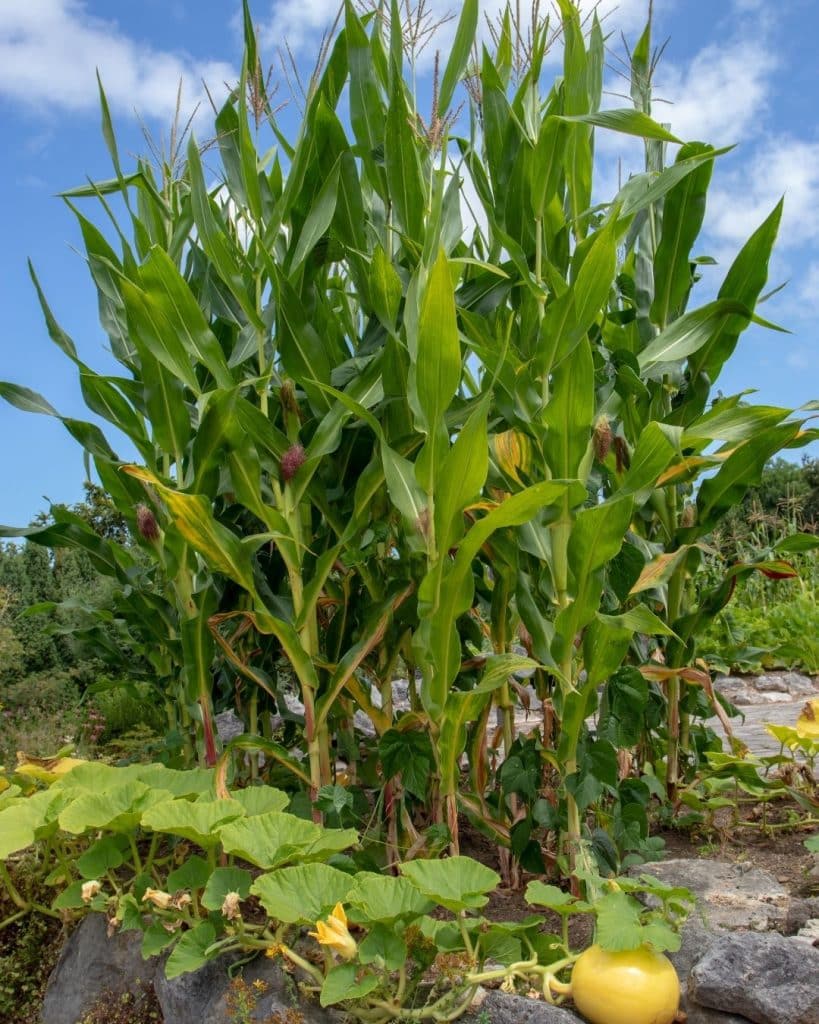
Summer squash, including zucchini and yellow crookneck, absolutely love warm weather. Once they get going, you’ll be harvesting a few squash every day during peak season!
There are plenty of varieties, from the classic Black Beauty zucchini to the round 8-Ball zucchini. Each one grows vigorously in hot climates but requires consistent watering to keep the fruits tender.
In colder regions, starting seeds indoors can give you a jump start, but they do germinate quickly in warm soil if you prefer direct sowing. Provide enough room for the sprawling vines or use trellises if you’re tight on space.
Stock up on summer squash seeds to ensure a bumper harvest for all your zucchini bread and stir-fry needs.
Summer Squash Planting and Harvest Table
| Zone | Start Indoors (Colder Zones) | Direct Sow/Transplant | Harvest Window |
|---|---|---|---|
| 3-4 | 3-4 weeks before last frost | 2-3 weeks after last frost | 45-60 days after sowing |
| 5-6 | 2-3 weeks before last frost | After last frost | 40-55 days after sowing |
| 7-8 | Optional, direct sow works well | After last frost | 40-55 days after sowing |
| 9-10 | Usually not required | Anytime soil is warm | 40-55 days after sowing |
8. Yardlong Beans
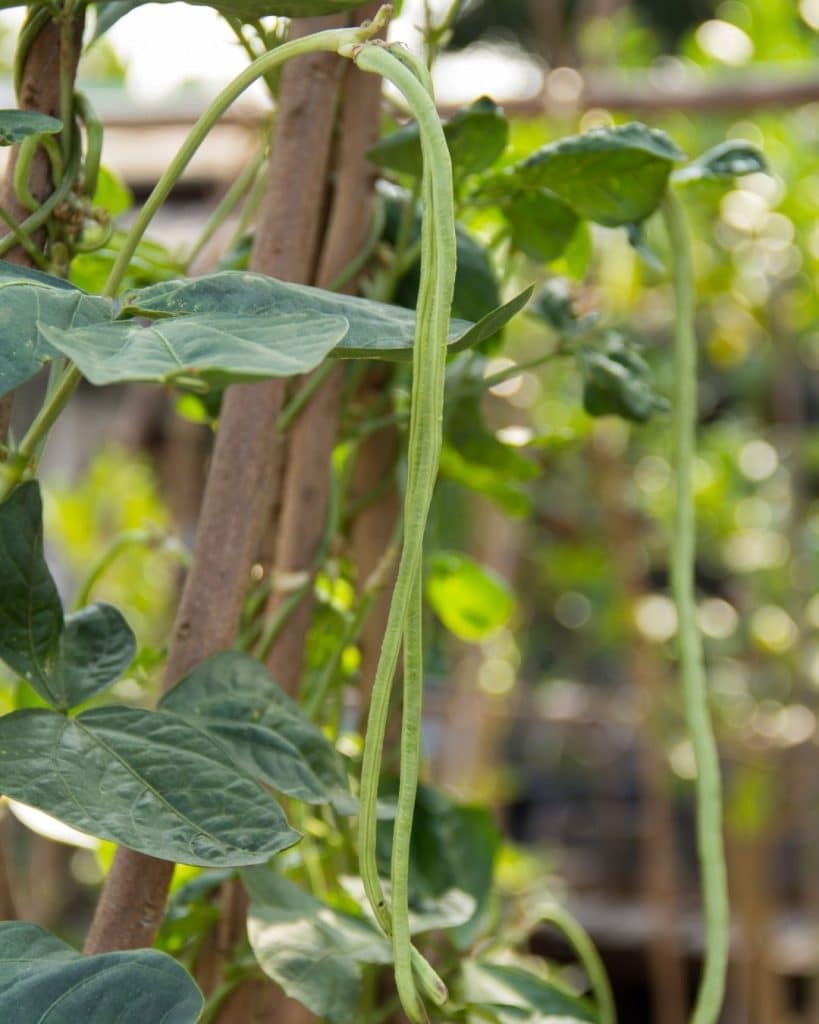
Yardlong beans, sometimes known as asparagus beans, are a fascinating addition to any heat-loving garden. They can grow impressively long pods, sometimes reaching over a foot in length.
These beans climb vigorously, so you’ll need a tall trellis or support structure. They’re heat tolerant and can produce continuously once temperatures rise, making them perfect for hotter climates.
Chinese Red Noodle and Thai Soldier are popular varieties that offer both flavor and striking color. In colder zones, start them indoors, but be careful not to keep them in pots for too long, as beans prefer minimal root disturbance.
Try some yardlong bean seeds and treat yourself to an unusual—and delicious—garden harvest.
Yardlong Beans Planting and Harvest Table
| Zone | Start Indoors (Colder Zones) | Direct Sow/Transplant | Harvest Window |
|---|---|---|---|
| 3-4 | 2-3 weeks before last frost (careful with roots) | 2-3 weeks after last frost | 60-80 days after sowing |
| 5-6 | 1-2 weeks before last frost | After last frost | 60-70 days after sowing |
| 7-8 | Direct sow recommended | After last frost | 60-70 days after sowing |
| 9-10 | Usually not necessary | When soil is consistently warm | 60-70 days after sowing |
9. Cowpeas (Black-Eyed Peas)
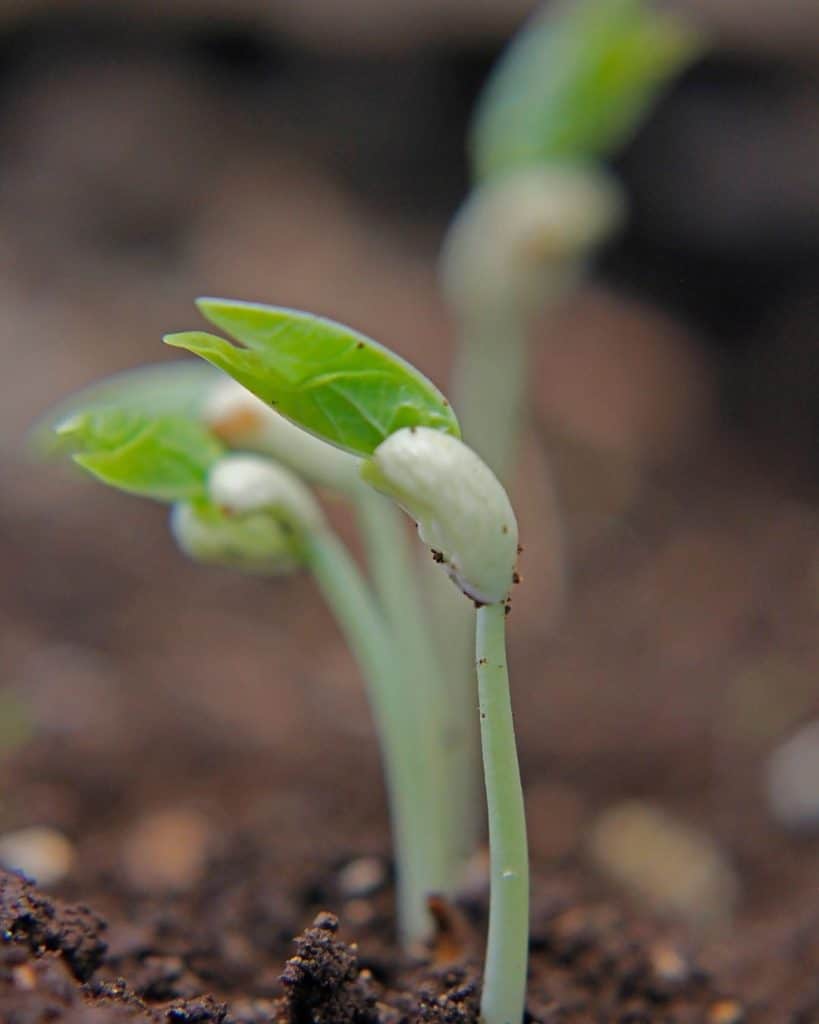
Cowpeas, also known as black-eyed peas, have been a staple in hot climates for generations. They’re drought-tolerant and seem to flourish when summer hits its peak.
Varieties like California Blackeye #5 are common for home gardens. They produce tasty pods that can be used as snap beans if harvested young, or shelled peas if harvested mature.
They fix nitrogen into the soil, making them a superb companion to many other plants. If you’re in a cooler area, you can start them indoors, but they do best when directly sown into warm soil.
Ready to add this Southern classic to your backyard? Grab these cowpea seeds and enjoy a hardy, heat-loving harvest.
Cowpeas Planting and Harvest Table
| Zone | Start Indoors (Colder Zones) | Direct Sow/Transplant | Harvest Window |
|---|---|---|---|
| 3-4 | 3-4 weeks before last frost | 2 weeks after last frost | 60-90 days after sowing, depending on usage |
| 5-6 | 2-3 weeks before last frost | After last frost | 60-80 days after sowing |
| 7-8 | Optional | After last frost | 60-80 days after sowing |
| 9-10 | Usually not needed | When soil warms above 65°F | 60-80 days after sowing |
10. Sweet Potatoes
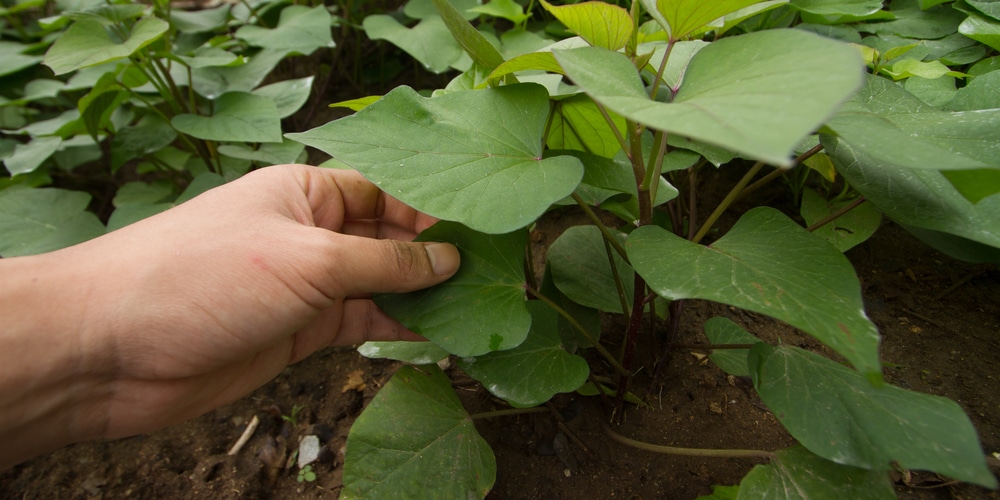
Sweet potatoes are a must for any heat-tolerant garden lineup. They’re actually grown from slips (rooted cuttings) rather than traditional seeds.
Their lush vines thrive in warm soil, and once they’re established, they’re relatively hands-off as long as they get consistent moisture. Varieties like Beauregard or Georgia Jet are famous for large, sweet tubers.
If you’re in a cooler zone, start slips inside by sprouting a sweet potato and cutting off slips once they form roots. Transplant outside into a sunny spot, and in just a few months, you’ll be digging up a treasure trove of sweet tubers.
Treat yourself to some sweet potato slips and explore the wonderful world of these nutritious and tasty root veggies.
Sweet Potatoes Planting and Harvest Table
| Zone | Start Indoors (Colder Zones) | Direct Plant/Transplant Slips | Harvest Window |
|---|---|---|---|
| 3-4 | Begin sprouting sweet potatoes 8-10 weeks before last frost | 2-3 weeks after last frost | 90-120 days after transplant |
| 5-6 | Sprout slips 6-8 weeks before last frost | 1-2 weeks after last frost | 90-110 days after transplant |
| 7-8 | Optional, but recommended for earlier harvest | After last frost | 90-110 days after transplant |
| 9-10 | Usually not needed, or for very early start | When soil is consistently warm (70°F+) | 80-100 days after transplant |
Bonus: Frequently Asked Questions
- How do I keep my heat-tolerant veggies from drying out?
Mulch is your best friend in hot weather. Apply a layer of straw or wood chips around the base of each plant to retain soil moisture. Also, water in the early morning or late evening to reduce evaporation. - What if I don’t have space for a large garden?
Many of these heat-loving veggies, like peppers and eggplants, do well in containers. Just ensure they have at least 5 gallons of space, full sun, and consistent watering. - Is it possible to grow these veggies indoors under grow lights?
Most heat-tolerant vegetables are better suited for outdoor summer growing. However, you can start seeds indoors under grow lights and move them outside once temperatures allow. - Can I plant these vegetables in partial shade if I don’t have a full sun spot?
Full sun (6+ hours) is ideal, but some can handle light shade. Just expect potentially lower yields if they don’t get enough direct sunlight. - Do I need to fertilize heat-tolerant veggies differently?
Most veggies benefit from balanced fertilizers. Consider a slow-release organic fertilizer or compost in the planting hole, and then a side-dress of fertilizer halfway through the season for a boost.